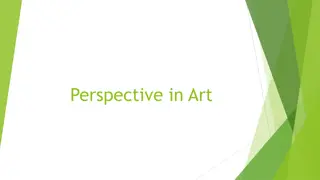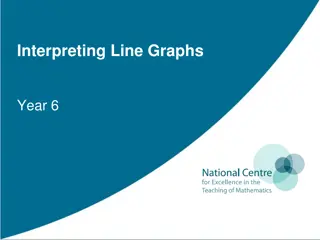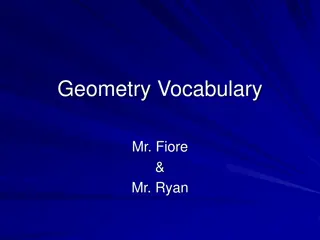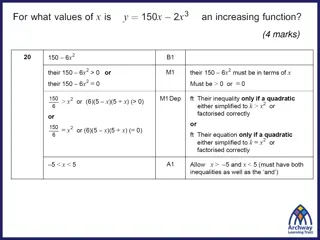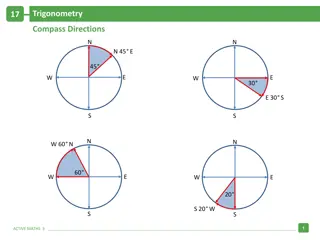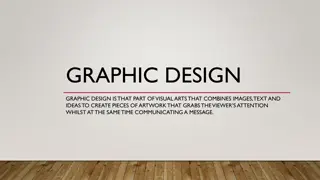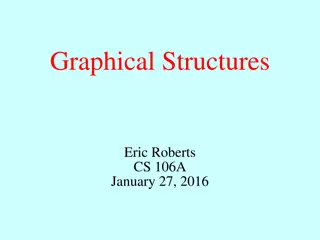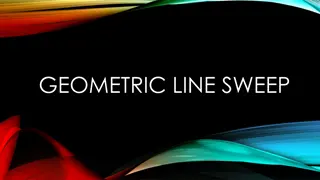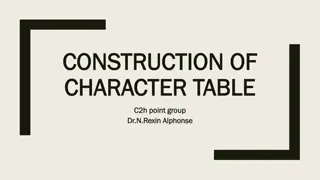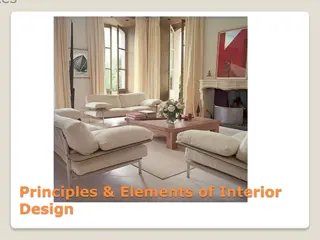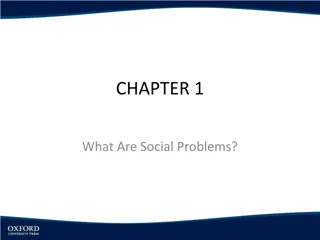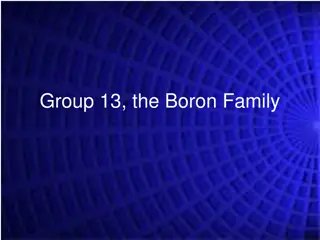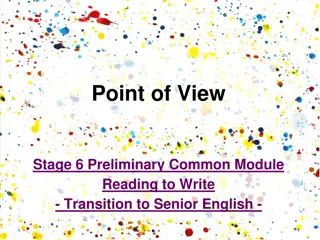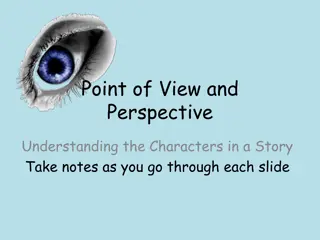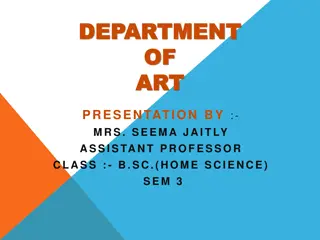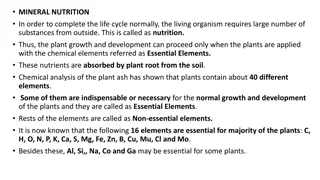Understanding the Elements of Art: Point, Line, Shape, and More
Explore the fundamental elements of art presented by Mrs. Seema Jaitly, Assistant Professor for B.Sc. Home Science Sem.3. Discover how points, lines, shapes, sizes, spaces, textures, and colors form the basis of creativity. Delve into the types of lines such as vertical, horizontal, curved, and diagonal. Learn about different shapes including geometrical, floral, natural, and man-made shapes. Enhance your knowledge of art fundamentals with this comprehensive presentation.
Download Presentation

Please find below an Image/Link to download the presentation.
The content on the website is provided AS IS for your information and personal use only. It may not be sold, licensed, or shared on other websites without obtaining consent from the author. Download presentation by click this link. If you encounter any issues during the download, it is possible that the publisher has removed the file from their server.
E N D
Presentation Transcript
DEPARTMENT OF ART PRESENTATION BY :- MRS. SEEMA JAITLY ASSISTANT PROFESSOR Class :- B.SC.(Home Science) Sem 3
ELEMENTS OF ART
The elements of Art are the BASE of art, on which the building of creativity stands with pride.
The main elements of art are :- - POINT - LINE - SHAPE - SIZE - SPACE - TEXTURE - COLOUR
POINT It is a Dot - From which the whole world starts.
LINES Joining of two opposite points creates a line.
TYPES OF LINES Vertical lines when we stand, we stand in a vertical position. Horizontal lines when we sleep, we sleep in a horizontal position.
Curved lines when we bent, we bent in a curved position. Diagonal line when we run, we run in a diagonal position.
o Zig-zag lines- The repetitive position is zig zag. o Repetitional lines- The repeated line in one shape. o Transitional lines- The soft, flexible lines are transitional lines.
SHAPE The joining of two opposite lines creates a shape. a) GEOMETRICAL- All the squares, rectangles, triangles and circles etc. are known as the geometrical shapes. b) FLORAL Flowers and leaves are known as the floral shapes. NATURAL- Everything including human beings comes under natural shapes. d) MAN-MADE- Everything made by man like cartoons, Paisley etc. ORNAMENTAL All decorative shapes are known as the ornamental shapes. c) e)
SIZE The different size of same objects- creates a variations and rhythm in a design
SIZE IN SHAPES GEOMETRICAL: FLORAL: NATURAL:
SPACE The given space in which one has to create it can be a sheet, a cloth, a canvas, a wall.
TEXTURES The surface which one is creating art. It can be tactile or visual textured. a) TACTILE- those which can be touched and felt. b) VISUAL- Those which can be seen from naked eyes only.
TYPES OF TEXTURES VISUAL TEXTURE TACTILE TEXTURE
SILK SILK POSTER POSTER PAINT PAINT COTTON COTTON NEWSPAPER NEWSPAPER MATCHSTICK MATCHSTICK COLOUR COLOUR THREAD THREAD JUTE JUTE THUMB PRINT THUMB PRINT LACE LACE
COLOUR It is the element of art that is produced when light, striking an object, is reflected back to the eye.
Types of colour 1)Primary :- Which we get from nature. Red Blue Yellow 2)Secondary :- Combination of two primary colors. Red + Yellow = Orange Yellow + Blue = Green Red + Blue = Purple
3)Tertiary :- Combination of one primary color and one secondary color. Red + Orange = Red Orange Yellow + Orange = Yellow Orange Blue + Green = Blue Green Red + Purple = Red Purple Yellow + Green = Yellow Green Blue + Purple = Blue purple








